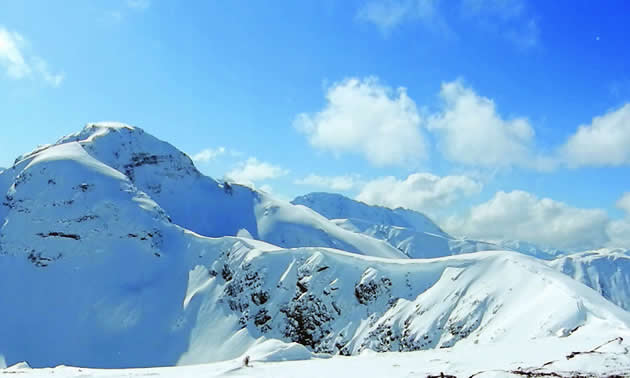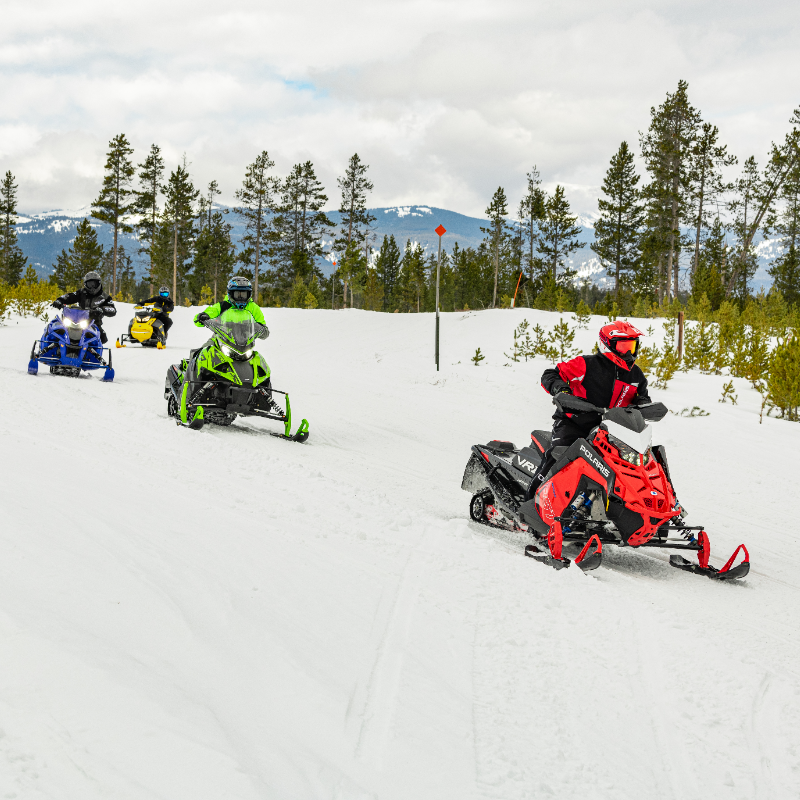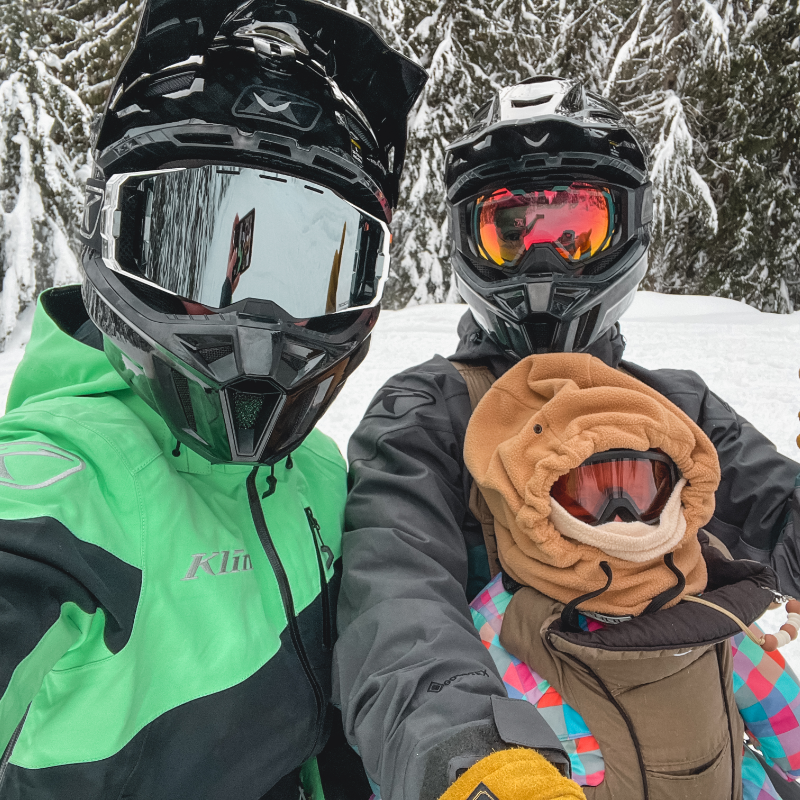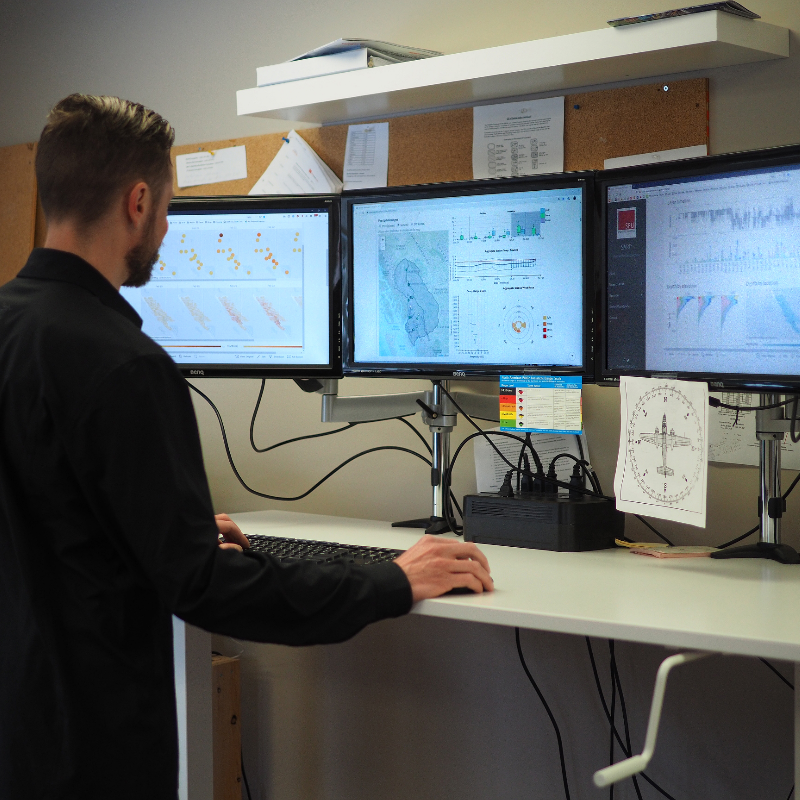“It’s OK, I have one of them new beacons.”
“Our group all wears avalanche airbags, so we’re safe.”
“We don’t need avalanche gear—we’re just going to play around the cabin.”
Have you heard any of these statements before? Unfortunately, these comments are still heard far too often in our sledding world. In this technological new world, we have the Internet, chat forums, Canadian Avalanche Centre (CAC) bulletins, You-Tube, highway signage, avalanche bulletins emailed to our cellphones, and very active clubs trying to make snowmobilers as aware as possible regarding the potential avalanche danger. While these are all great tools, none of them can replace the knowledge, training and experience we should have before entering the mountains and avalanche terrain. We as individual snowmobilers need to promote this on a regular basis to all of our peers.
An appropriate starting point
Many of us grew up on sleds and learned for years in our backyards, farm fields and on local trail networks before really hitting the mountains and venturing into avalanche terrain. If you’re in this group, the chances are you started on smaller snow machines, gaining experience and time in the mountains before purchasing that hotrod machine that will take you anywhere you want to go. Mountain snowmobiling is gaining popularity so quickly and many new riders are going out and buying the biggest and baddest new sleds without really gaining experience and respect for the mountain environment that they plan to head into. This can end them up in potentially very dangerous territory. Now, I’m not labelling anyone and we all like our horsepower, but I am seeing this scenario a lot in the hills lately and feel that as a community we can do something about it.
We need to promote education, training, continual learning and practice within the mountain snowmobiling community. We need to help our peers and promote safe decisions and sound practice on a daily basis; we should not just hammer up the trail to the first hill without really paying attention to our surroundings. For example, some other winter sport enthusiasts plan for days or weeks before going out into the mountains, following the weather and snow conditions and reviewing the terrain they’ll be in. I’d like to see more of this type of thinking in our community.
A few minutes well spent
To get a basic understanding of what is really going on in the mountains, you first need training; then you need to apply that in the field. Take the time to play in the snow, get a feel for it, slope cut small rolls on the side of the trail on your way in, pull over and do a quick hand shear test, probe the snow for inconsistencies, do a quick test profile and compression test. All this stuff can be done in a matter of minutes (these are things I do every day), but doing this in gentle areas as a beginner can help you picture your results on larger terrain. Over time you will get better at making educated decisions in the backcountry.
And what about safety gear? Let’s make sure everyone we ride with—and everyone we talk to in the mountains—is wearing a transceiver and carrying a probe and shovel. And if someone is wearing one of those older, analog units, let’s not be afraid to tell them it’s obsolete. Digital, three-antenna transceivers are the only way to go these days. If you haven’t made the switch yet, do your research. There are good reasons for updating—your life is one of them.
Take the initiative to help
Mentorship and peer education are key in our rapidly changing world. Take the training available and help others do the same. Let’s share our knowledge. If you see people grouped up at the bottom of a slope, let them know they’re sitting in a gun barrel. There have been way too many accidents in our community where people were caught because they were sitting in the run-out zone.
Keep your guard up, practise, practise, practise and don’t ever quit learning about the snowpack, the terrain you frequent most and the tools that help keep us safe. Remember, just because you think an area “has never slid before” or you don’t see signs of activity, it’s still best to be able to make that decision for yourself—and this takes training and time. One of my instructors once said, “Absence of evidence is not evidence of absence!”
We can be proud of the gains being made in our community. More and more riders are teaching Avalanche Skills Training and some clubs are becoming real leaders in avalanche safety and awareness by partnering with the CAC. For example, the Association of British Columbia Snowmobile Clubs’ Buck a Head program sees $1 of every trail pass sold by participating clubs donated to the CAC to improve avalanche safety. This will likely total close to $30,000 this year alone. Valemount is a large contributor to this endeavour, donating upwards of $14,000 per year.
Together we can make a difference. Play safely, everyone, and enjoy the snow.







